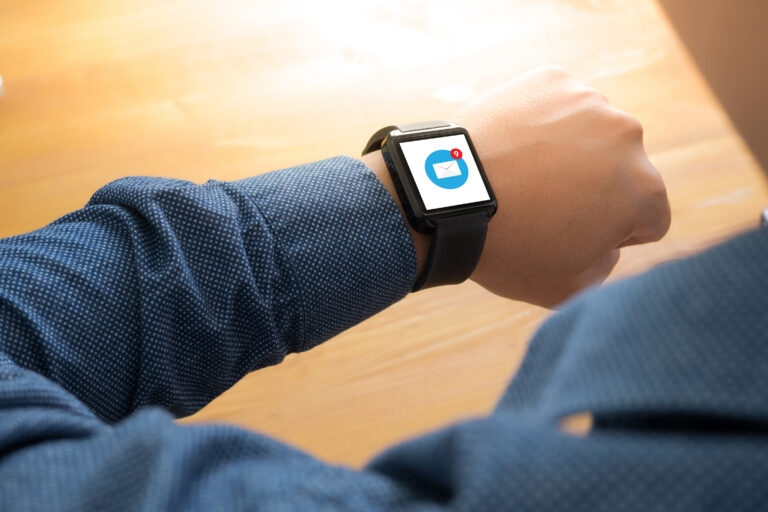The quest to expand multiple sclerosis (MS) care globally is a complex challenge that involves addressing several key areas: accessibility, affordability, and innovation. MS is a chronic and unpredictable disease affecting the central nervous system, with symptoms ranging from fatigue and vision problems to mobility challenges. Current treatments focus primarily on managing symptoms and slowing disease progression, but they often come with significant costs and limited accessibility, especially in underserved regions.
One of the most promising strategies to enhance global MS care is the integration of low-cost diagnostics and tele-rehabilitation. These innovative approaches not only make healthcare more accessible but also provide a cost-effective solution for patients worldwide.
### Low-Cost Diagnostics
Traditional diagnostic methods for MS often involve expensive imaging tests like MRI scans, which are crucial for diagnosing and monitoring the disease. However, these tests are not readily available in many parts of the world due to their high cost and the need for specialized equipment. Low-cost diagnostics aim to bridge this gap by developing more affordable and portable diagnostic tools.
Advancements in technology have led to the development of portable and affordable diagnostic devices that can be used in remote or resource-limited settings. These devices can perform basic diagnostic tests, such as optical coherence tomography (OCT) for assessing optic nerve damage, which is common in MS patients. By making these tools more accessible, healthcare providers can diagnose MS earlier and more effectively, even in areas with limited resources.
Moreover, low-cost diagnostics can facilitate regular monitoring of MS progression, allowing for timely adjustments in treatment plans. This proactive approach can significantly improve patient outcomes by ensuring that interventions are tailored to the individual’s needs.
### Tele-Rehabilitation
Tele-rehabilitation, or remote rehabilitation, is another critical component in expanding MS care globally. This approach leverages digital technologies to deliver rehabilitation services remotely, overcoming geographical barriers and reducing the need for in-person visits. Tele-rehabilitation platforms can offer a range of services, including physical therapy, occupational therapy, and cognitive rehabilitation, all of which are essential for managing MS symptoms and improving quality of life.
For patients living in remote areas or those with mobility issues, tele-rehabilitation provides a convenient and accessible way to receive ongoing care. It also allows healthcare providers to monitor patient progress more closely, making adjustments to treatment plans as needed. This continuous support can lead to better adherence to rehabilitation programs, ultimately enhancing patient outcomes.
Furthermore, tele-rehabilitation can be more cost-effective than traditional in-person rehabilitation services. By reducing the need for travel and minimizing the costs associated with maintaining physical facilities, tele-rehabilitation can make high-quality care more affordable for patients worldwide.
### Global Collaboration and Data Sharing
The success of low-cost diagnostics and tele-rehabilitation in expanding MS care globally also depends on international collaboration and data sharing. By pooling resources and sharing knowledge, researchers and healthcare providers can accelerate the development of new diagnostic tools and rehabilitation strategies.
Global alliances and partnerships are crucial in this effort. They facilitate the sharing of best practices, the development of standardized treatment protocols, and the creation of large-scale databases that can inform future research and treatment decisions. For instance, large-scale data resources can help identify patterns in MS progression and response to treatment, guiding the development of more effective therapies.
### Challenges and Opportunities
Despite the potential of low-cost diagnostics and tele-rehabilitation, several challenges must be addressed. One of the primary concerns is ensuring that these technologies are accessible and usable by patients in diverse settings. This includes addressing issues related to internet connectivity, device compatibility, and user literacy.
Additionally, there is a need for rigorous evaluation of these technologies to ensure they meet high standards of quality and effectiveness. This involves conducting thorough clinical trials and gathering feedback from patients and healthcare providers to refine these tools further.
However, the opportunities presented by these innovations are substantial. By expanding access to MS care, low-cost diagnostics and tele-rehabilitation can improve health outcomes for millions of people worldwide. They also pave the way for more personalized and responsive healthcare systems,





